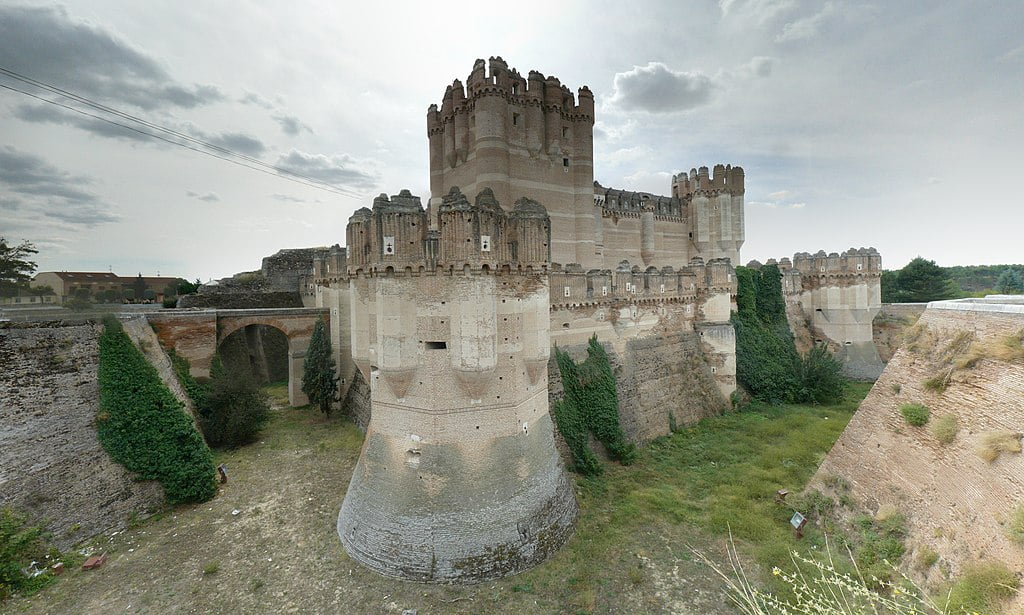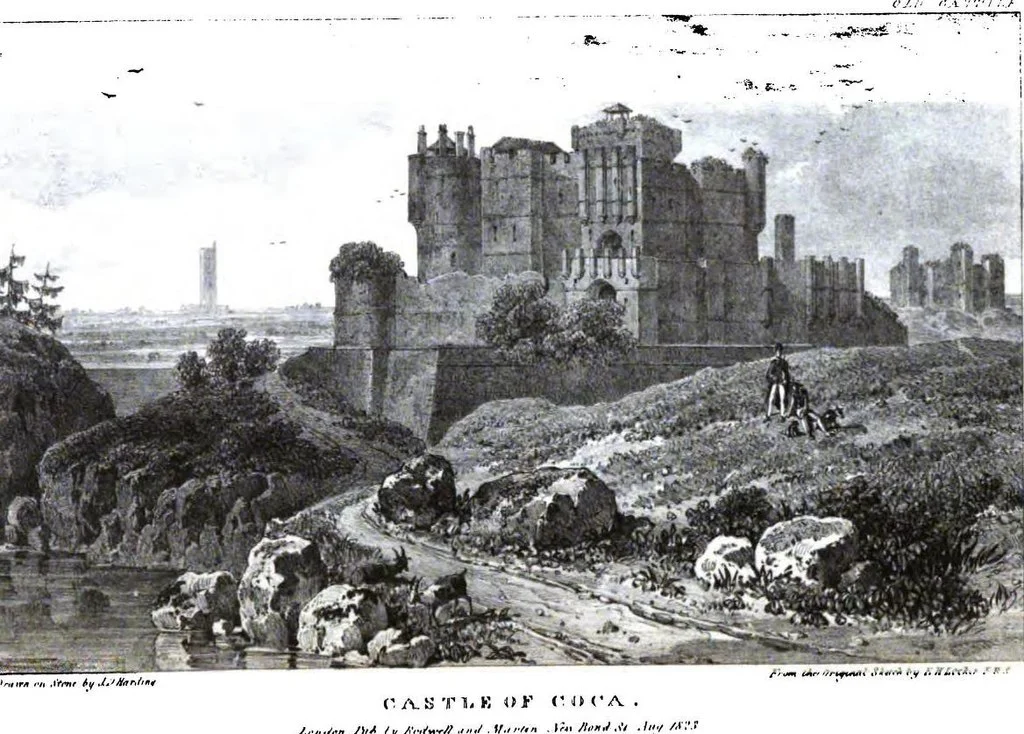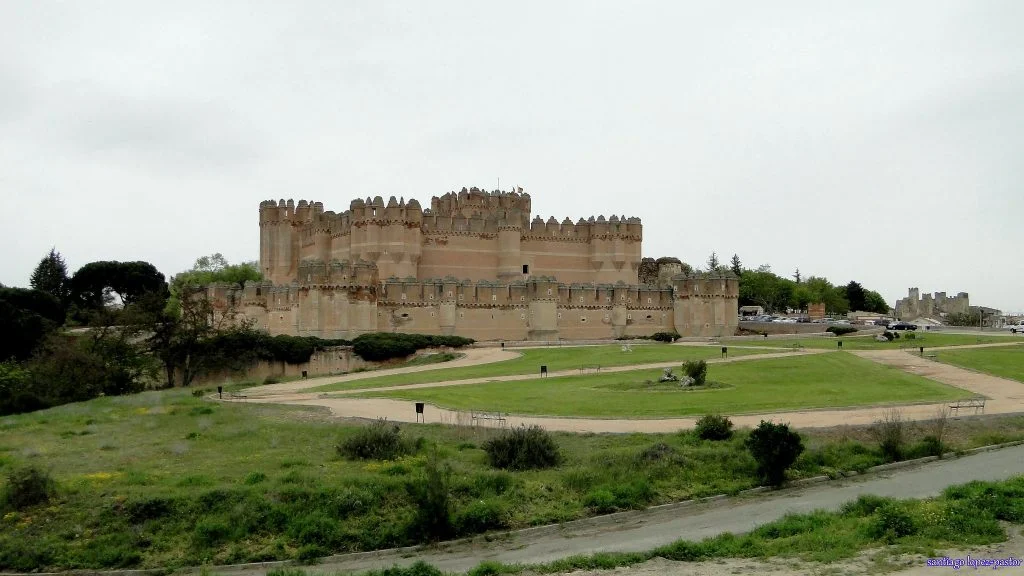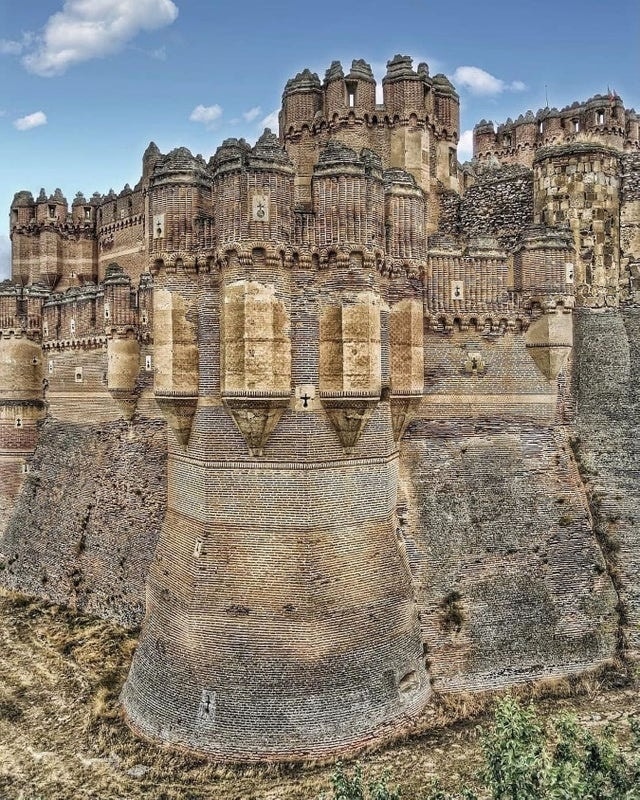Coca Castle, also known as Castillo de Coca in Spain, is an impressive stone structure and a prime example of Spanish vernacular architecture. Its notable features include square baileys, polygonal towers, a dry moat, and unique Mudejar architectural elements. Despite its current use as a school, visitors can still admire its exquisite craftsmanship. Here is everything you need to know about Coca Castle:
The Significant History of the Location
Coca is a city of great historical importance. It once housed 20,000 residents and endured a prolonged siege by Lucullus of the Roman Consul around 151 BC. Coca is also believed to be the birthplace of Theodosius, the Great Roman Emperor.

The Beginning of the Construction
The construction of Coca Castle began in 1453 under the command of Don Alonso de Fonseca, the Archbishop of Seville at the time. Having ascended to a fiefdom in 1451, he initiated the construction of the fortress-like Coca Castle.
At that time, the town of Coca had a population of over 2,000 people. The castle’s defenses were state-of-the-art for the era, designed to quash any potential civil rebellion. These defenses included a rectangular floor plan with two curtain walls, watchtowers, turrets, and a deep moat that was formidable even without water.

However, Coca Castle did not see any military action in its early years, not even during the Castilian Succession Wars (1475-79) when Isabella I became Queen.
Coca Castle Sieges
After Don Alonso’s death, his brother Antonio de Fonseca added to the castle’s fortifications. In 1521, the castle endured a siege but held firm, and the attackers failed to capture it. It wasn’t until 1808 that Coca Castle fell, during a successful siege by the French under Napoleon’s leadership. This marked the first time the castle was conquered.
Current Times
In 1926, a Decree-Law designated Coca Castle as a Spanish National Monument. Although owned by the Alva family, the government took over its operations, and the castle has since been nationalized. In 1954, the State sponsored a restoration to repurpose the castle as a forestry training school. This conservation effort, led by architects Miguel de Los Santos and Francisco Pons, was completed in 1958.

While it is unfortunate that visitors cannot fully explore all the passageways and areas, including the moat, Coca Castle remains a worthwhile destination. Its rich history and architectural beauty make it a must-visit historic attraction in Spain.




